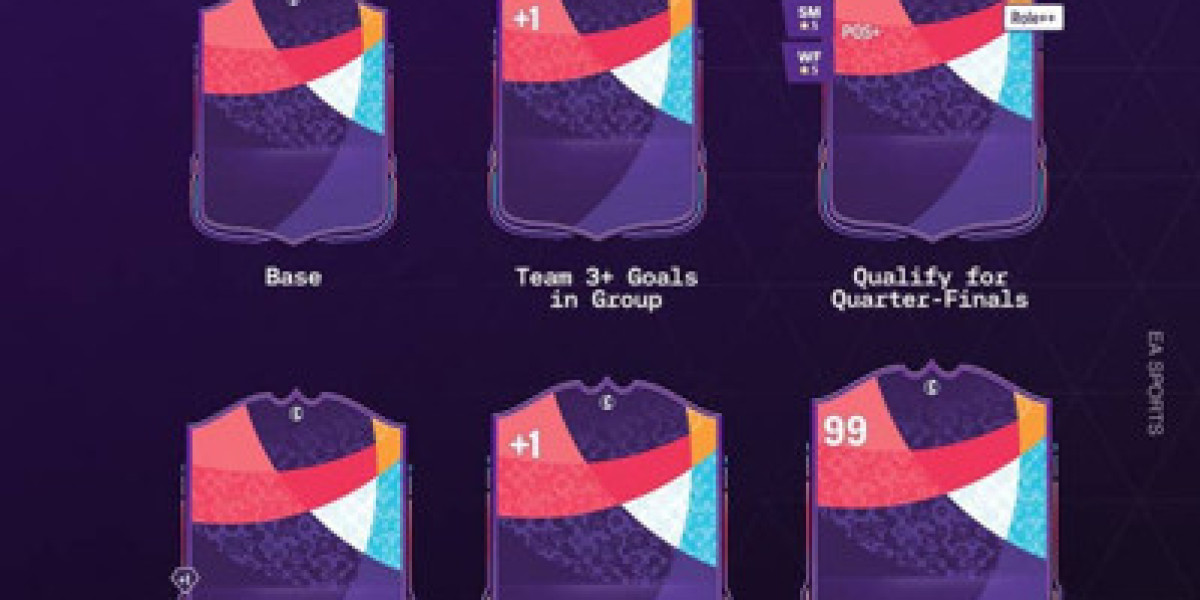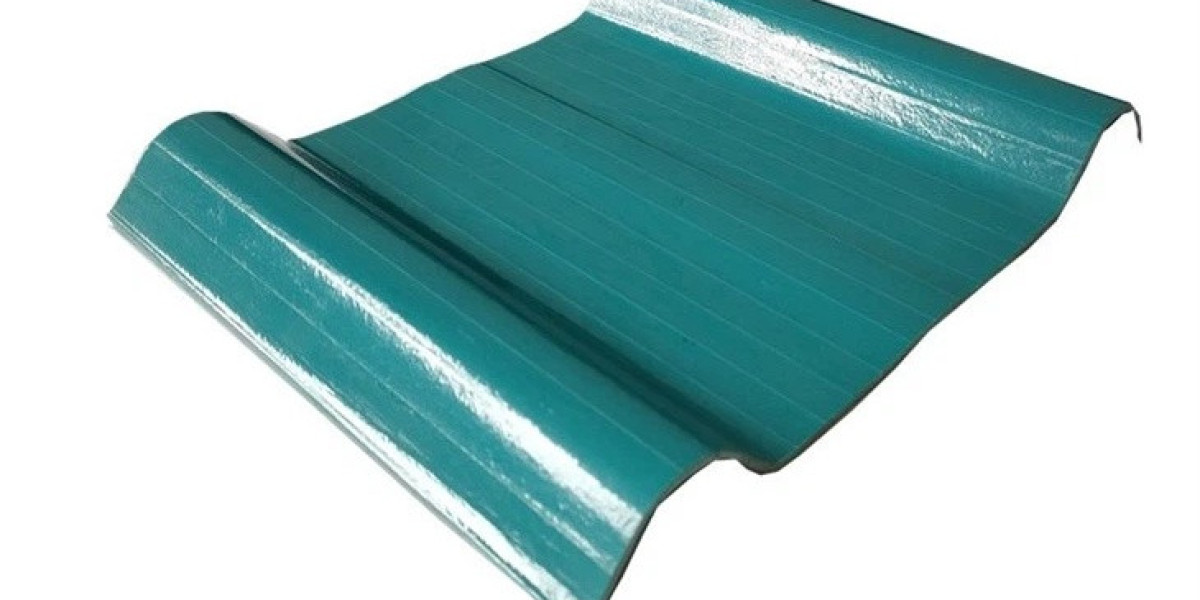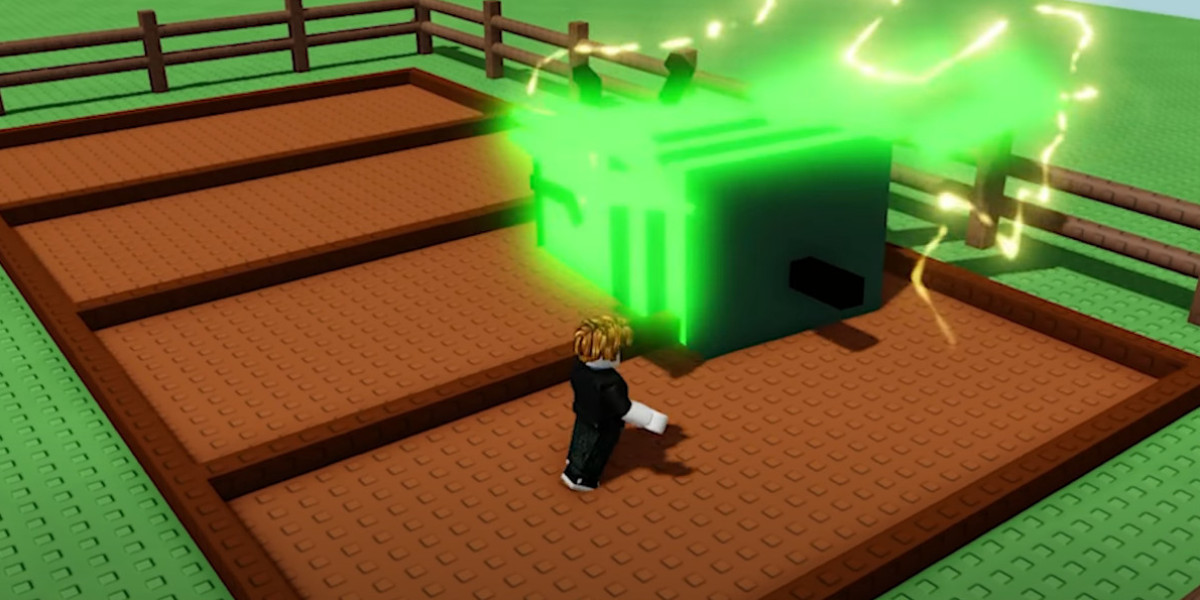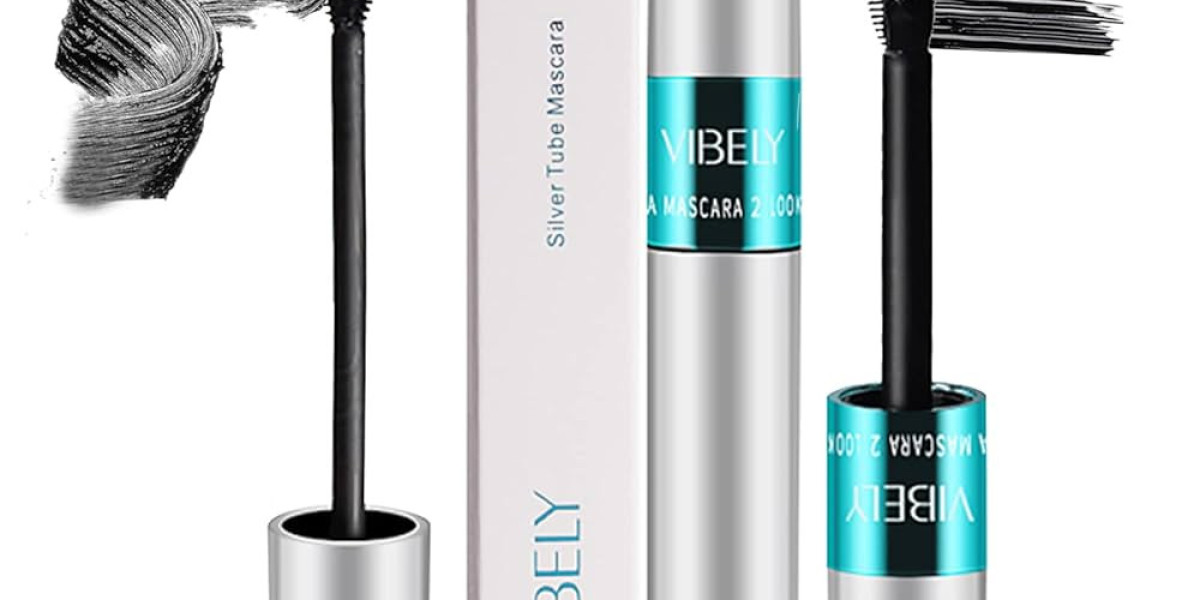A New Symbol of Rebellion: The Rise of the Loverboy Hat
In an era where fashion often feels recycled and repetitive, the Loverboy hat emerges as a refreshing punch of rebellious artistry. Originating from the avant-garde brand Charles Jeffrey LOVERBOY, this hat is not just another accessory tossed into the ever-growing heap of streetwear. It’s an emblem of counterculture, individuality, and unapologetic self-expression. With its unmistakable silhouette—often featuring devilish horns, eccentric color palettes, or dramatic flair—the Loverboy hat boldly declares war on the mundane. It transcends the confines of conventional headwear and becomes a wearable art piece, a conversation starter, and a rebellion wrapped in wool or cotton.
What makes the Loverboy hat so special is that it isn’t trying to appeal to everyone. And that, ironically, is its most magnetic quality. It resists mainstream polish and instead leans heavily into chaos, queerness, and creative freedom. In doing so, it creates a niche so defined that it becomes universal to anyone craving something real in a sea of fashion fakes. Every time you spot a Loverboy hat on the street, it's like seeing a flare shot into the sky—a signal that someone out there is still choosing to be seen on their own terms.
Roots in Radical Creativity: Charles Jeffrey’s Vision
To understand the power of the Loverboy hat, you need to understand the mind behind it. Charles Jeffrey isn’t merely a designer—he’s a force. His work weaves together themes of punk, gender fluidity, historical costume, and London nightlife. Jeffrey cut his teeth in the underground fashion and club scene, and his brand carries that DNA with every stitch. The Loverboy aesthetic is less about pleasing an audience and more about expressing emotional and cultural truth. This is fashion as protest. Fashion as performance. Fashion as healing.
The Loverboy hat reflects these sensibilities perfectly. Inspired partly by traditional jester hats, devil horns, and even Scottish tam o’ shanters, the designs are whimsical and haunting all at once. There’s often a childlike innocence fused with an eerie, almost surreal tone—something that feels drawn straight from a dream or a modern fairytale. The wearer becomes part of the story, an actor on the stage of city life, daring everyone else to watch.
Design as Distinction: Why the Loverboy Hat Stands Out
You can spot a Loverboy hat from a block away. That's the kind of gravitational pull it has. Unlike minimalistic caps or beanies, these hats go all in with visual drama. We're talking devil-horn beanies made from vibrant knits, oversized headpieces with sculptural spikes, and woolen constructions that blend coziness with confrontation. There's a theatricality here that sets it apart. The hat doesn’t just complement an outfit; it makes the outfit.
Color plays a massive role in the hat's impact. Bold reds, jet blacks, lavender purples, and acid greens are not uncommon. Each shade seems to carry a specific mood—fury, serenity, rebellion, absurdity. It’s the kind of accessory that asks, “How are you feeling today?” and then dares you to show it without shame. And then there’s the texture: chunky yarns, soft knits, and sometimes felted wool—all tactile elements that add a human, handcrafted feel to the piece. These aren’t hats made for mass consumption. They’re for those who want to stand out, even in a crowd full of fashion-forward thinkers.
Cultural Impact: From Niche Queer Circles to Global Streetwear
The Loverboy hat started as an underground fashion statement within queer and alternative communities in London, but its influence quickly seeped into global streetwear consciousness. Its rise has paralleled the growing demand for authenticity and diversity in fashion. For many wearers, donning a Loverboy hat is not just a style choice—it’s a declaration of identity. It says, “I see the world differently, and I’m not afraid to show it.”
Celebrity endorsements and appearances at fashion weeks have only increased its visibility. Notably, artists like Harry Styles, Lil Nas X, and Troye Sivan have either worn or referenced Loverboy designs, cementing the brand’s presence in the pop-cultural zeitgeist. But unlike brands that lose their edge once they go mainstream, the Loverboy hat maintains its raw, unfiltered attitude. It thrives because of, not in spite of, its eccentricity.
This hat isn't just riding the wave of cultural change—it’s helping to create it. By blurring lines between gender, era, and genre, the Loverboy hat becomes a vehicle for both personal liberation and collective transformation. It’s streetwear with a soul.
Fashion Meets Performance: More Than Just a Hat
The Loverboy hat often feels like something out of a drag show or experimental theatre. And that's by design. Charles Jeffrey himself has often emphasized the performative nature of fashion. When you wear something this bold, you’re no longer just existing in a space—you’re occupying it. The hat challenges you to take up space, to be loud, to turn your daily walk into a runway or a revolution.
This performative element makes the Loverboy hat particularly powerful in today’s climate. In a world where social norms and political tensions are constantly being challenged, fashion becomes a battlefield. And what better weapon than a hat that looks like a crown, a shield, or a mask all at once? It’s not about being beautiful in the traditional sense—it’s about being visible, about demanding that your truth be witnessed.
A Unisex, Ageless, and Timeless Accessory
One of the most revolutionary things about the Loverboy hat is that it doesn’t cater to a specific gender or age group. Its designs are fluid, adaptable, and fiercely inclusive. It’s as appropriate on a 60-year-old fashion veteran as it is on a teenager experimenting with their look. And this openness is essential in breaking down the rigid walls of gendered fashion.
Even beyond age or gender, the hat has an eerie sense of timelessness. It borrows from historical motifs—jesters, medieval headgear, and 90s rave wear—yet always feels futuristic. It exists in its own time bubble, drawing from the past while pulling us toward a more expressive future. That kind of temporal flexibility gives the hat lasting appeal. It’s not a fleeting trend. It’s an artifact of this moment that will still make sense decades from now.
The Future of the Loverboy Hat and Its Legacy
So where does the Loverboy hat go from here? In many ways, it’s already secured its place in the pantheon of modern fashion artifacts. But as long as fashion continues to evolve and push boundaries, the Loverboy hat will remain relevant. It will adapt—new shapes, materials, messages—but its core spirit will stay the same: bold, fearless, and deeply human.
In a world increasingly driven by algorithms, filters, and fast fashion, the Loverboy hat is a reminder of what makes style truly impactful—emotion, narrative, and risk. It dares us to be seen, even when that means being misunderstood. It tells us that weird is wonderful and that softness and strangeness can coexist beautifully.
Conclusion: Wearing the Revolution on Your Head
Ultimately, the Loverboy hat isn’t just about fashion—it’s about defiance, about visibility, about art. It’s a crown for the misfits, a halo for the dreamers, a helmet for those going into battle against conformity. Whether you wear it with a full runway ensemble or just to the corner store, it transforms you. You feel braver, louder, freer. It tells a story without you having to say a word.
In a time where authenticity is rare and rebellion is often co-opted by trends, the Loverboy hat remains pure in its purpose. It doesn’t just sit on your head. It crowns your individuality. And in doing so, it turns everyday fashion into an extraordinary act of self-love.








